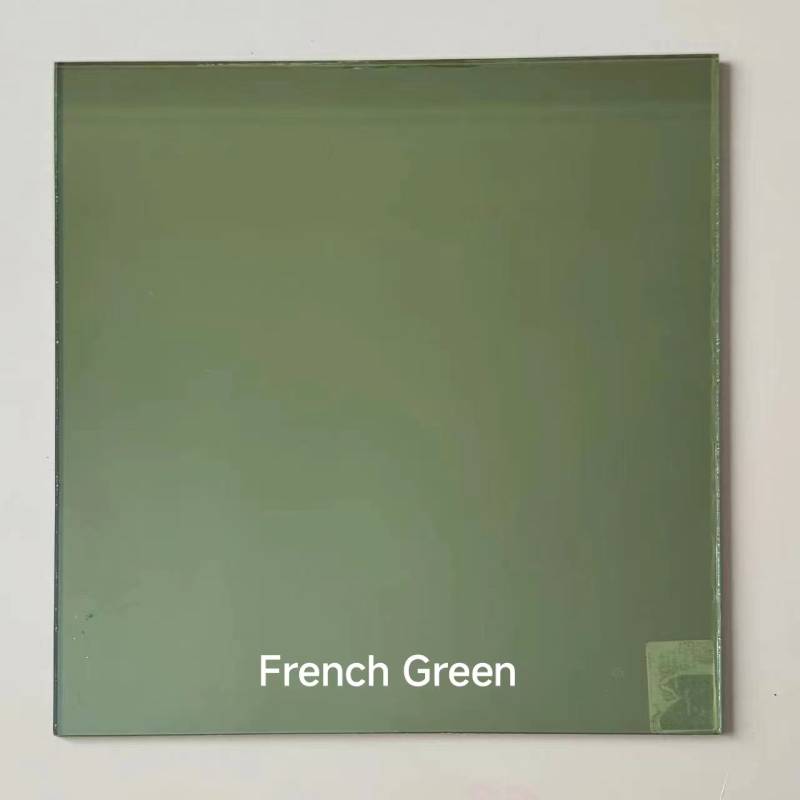

The Pricing Dynamics of 4mm Float Glass An In-Depth Analysis
Float glass, a fundamental building material cherished for its clarity and versatility, plays a pivotal role in various industries, from construction to automotive. One of the most common thicknesses found in the market is 4mm. Understanding the pricing dynamics of 4mm float glass can provide valuable insights for buyers and manufacturers alike, shedding light on the factors that influence its cost and availability.
First and foremost, it's essential to define what 4mm float glass is. Float glass is made by floating molten glass on top of molten tin. The process results in an incredibly flat and clear glass sheet, ideal for windows, facades, and interior applications. The 4mm thickness strikes a balance between strength and weight, making it a favorite choice for residential and commercial constructions.
The Pricing Dynamics of 4mm Float Glass An In-Depth Analysis
Another critical factor influencing the price of 4mm float glass is the level of production capacity and competition in the glass manufacturing industry. In regions where multiple manufacturers compete, prices tend to stabilize or lower due to competitive pressures. Conversely, in areas where there are limited suppliers, prices can rise due to scarcity. Manufacturers' production capabilities and technological advancements also contribute to price variations. Techniques that enhance production efficiency can lead to lower operational costs and, consequently, more competitive pricing for end consumers.

Market demand also plays a crucial role in determining float glass prices. In building and construction booms, increased demand for glass can lead to higher prices. Conversely, during economic downturns, demand may plummet, resulting in price reductions. The ongoing trends in architecture and design, such as the increasing popularity of energy-efficient buildings with extensive glass façades, further fuel demand for float glass. Consequently, shifts in design trends can have a ripple effect on pricing.
Furthermore, transportation and logistical challenges cannot be underestimated. Float glass is heavy and fragile, making transportation costs significant. Any disruptions in supply chains—be it from natural disasters, pandemics, or political instability—can lead to increased logistics costs, which can then be passed on to consumers in the form of higher prices.
In addition to these factors, the rise of alternative materials and technologies also impacts the pricing landscape for 4mm float glass. As new materials emerge and gain popularity in the construction sector, traditional materials like float glass may face downward pressure on prices. However, the unique properties of float glass, including its aesthetic appeal and high performance, ensure it remains a staple in the industry.
Finally, sustainability concerns are becoming increasingly pivotal in the glass production industry. As manufacturers strive to adopt more environmentally friendly practices, costs associated with sustainable production may impact the overall price of float glass, including the 4mm variant.
In conclusion, the pricing of 4mm float glass is a complex interplay of raw material costs, production capacity, market demand, transportation logistics, and evolving industry trends. For consumers and industry professionals alike, staying informed about these variables can facilitate better purchasing decisions and strategic planning. As we move forward, the glass industry will continue to adapt to changes, presenting fresh challenges and opportunities in the realm of 4mm float glass pricing.